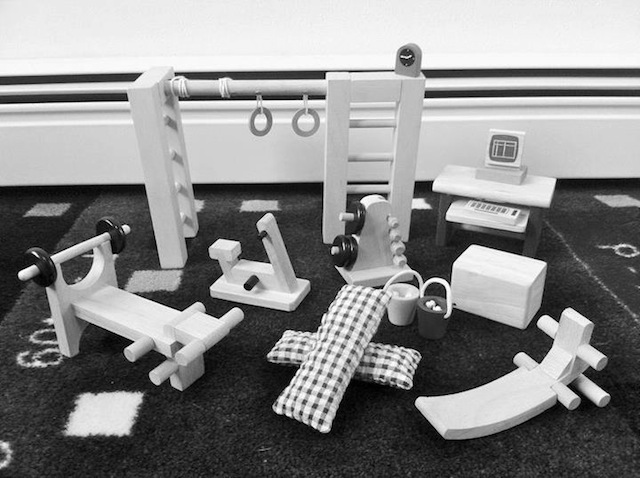
Chronic pain stemming from old injuries can significantly impact one’s quality of life, leading to a perpetual cycle of discomfort and distress. However, integrating mindfulness and meditation practices into daily routines can offer a beacon of hope for those seeking relief. This guide explores the multifaceted approach of mindfulness in managing chronic pain, emphasizing actionable steps to harness its benefits for a more manageable and fulfilling life despite persistent injury-related pain.
Understanding the Power of Mindfulness
Mindfulness, the practice of being present and fully engaged with the moment without judgment, has been shown to reduce the psychological impacts of chronic pain significantly. By fostering a heightened awareness of the body, thoughts, and emotions, individuals can alter their relationship with pain, transitioning from a state of suffering to one of manageable acknowledgment.
The Role of Meditation in Pain Management
Meditation, particularly mindfulness-based stress reduction (MBSR), has been documented to lower anxiety, depression, and even the physical intensity of pain. By focusing on the breath and body sensations without attaching to intrusive thoughts about discomfort, individuals can learn to dissociate pain from suffering, leading to improved mental health and reduced pain perception.
Stress Reduction Techniques
Stress exacerbates chronic pain by triggering muscle tension and inflammatory responses. Mindfulness and meditation practices aid in stress reduction. This teaches individuals to cultivate a state of relaxation that counters the body’s stress-induced pain amplification. Regular engagement in these practices can significantly improve overall pain management and quality of life.
Incorporating Mindfulness into Daily Life
Incorporating mindfulness into daily routines doesn’t require sweeping changes but rather small, consistent practices that foster a mindful approach to living with chronic pain.
Mindful Breathing Exercises
Simple yet profoundly effective, mindful breathing exercises act as an anchor to the present moment, helping to divert attention from pain and reduce stress levels. Even a few minutes a day can initiate a shift towards a more peaceful coexistence with chronic pain.
Engaging in Gentle Yoga
Yoga combines physical postures, breath control, and meditation to enhance flexibility, strength, and mindfulness. For those coping with chronic pain, gentle yoga can provide the dual benefits of physical therapy and stress relief, promoting healing and comfort.
Exploring Complementary Approaches
While mindfulness and meditation offer substantial benefits in managing chronic pain, exploring additional complementary therapies can further enhance the quality of life.
The Role of Psychotherapy
Cognitive-behavioral therapy (CBT) and other psychological treatments can complement mindfulness practices by addressing the emotional and psychological aspects of chronic pain. These therapies work to change pain-related thoughts and behaviors, further reducing the pain experience.
The Benefits and Effects of Kratom
As individuals explore various avenues for pain management, some may explore the benefits and effects of kratom. However, it’s important to approach kratom with caution, considering its potential for dependency and legal status in different regions. Consulting with healthcare professionals is crucial before integrating new substances into pain management routines.
Exploring Alternative Options for Pain Management
In addition to mindfulness and conventional medical treatments, it’s worth exploring the benefits and effects of kratom for those managing chronic pain. Originating from Southeast Asia, kratom has been utilized for centuries for its potential analgesic properties. While research is ongoing, preliminary findings suggest that certain compounds in kratom may offer pain relief by interacting with the body’s opioid receptors.
Consulting with a healthcare professional before trying kratom or any alternative supplement is always recommended to ensure it’s appropriate for your specific health condition and won’t interact with other medications you may be taking.
The Bottom Line: Navigating the Path Forward
Embracing mindfulness is not a one-time fix but a journey of continuous practice and adaptation. By integrating these practices into daily life, individuals can manage pain more effectively and enhance their overall well-being and life satisfaction.
Living with chronic pain from old injuries is undeniably challenging, but through the adoption of mindfulness and meditation practices, individuals can reclaim a sense of control and peace. By fostering a mindful presence, engaging in stress reduction techniques, and considering complementary therapies, it’s possible to navigate the complexities of chronic pain with resilience and grace.

















Follow Us